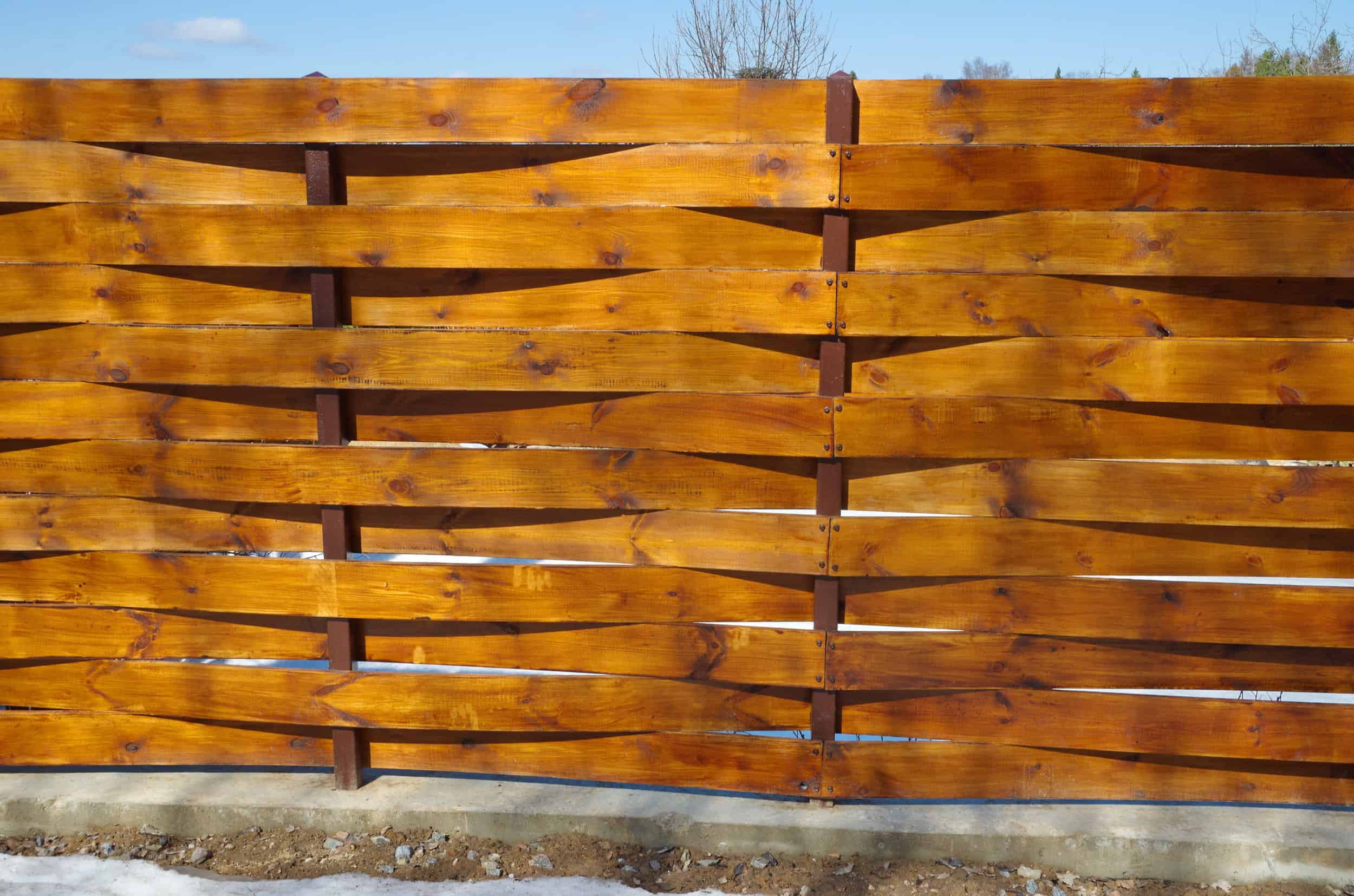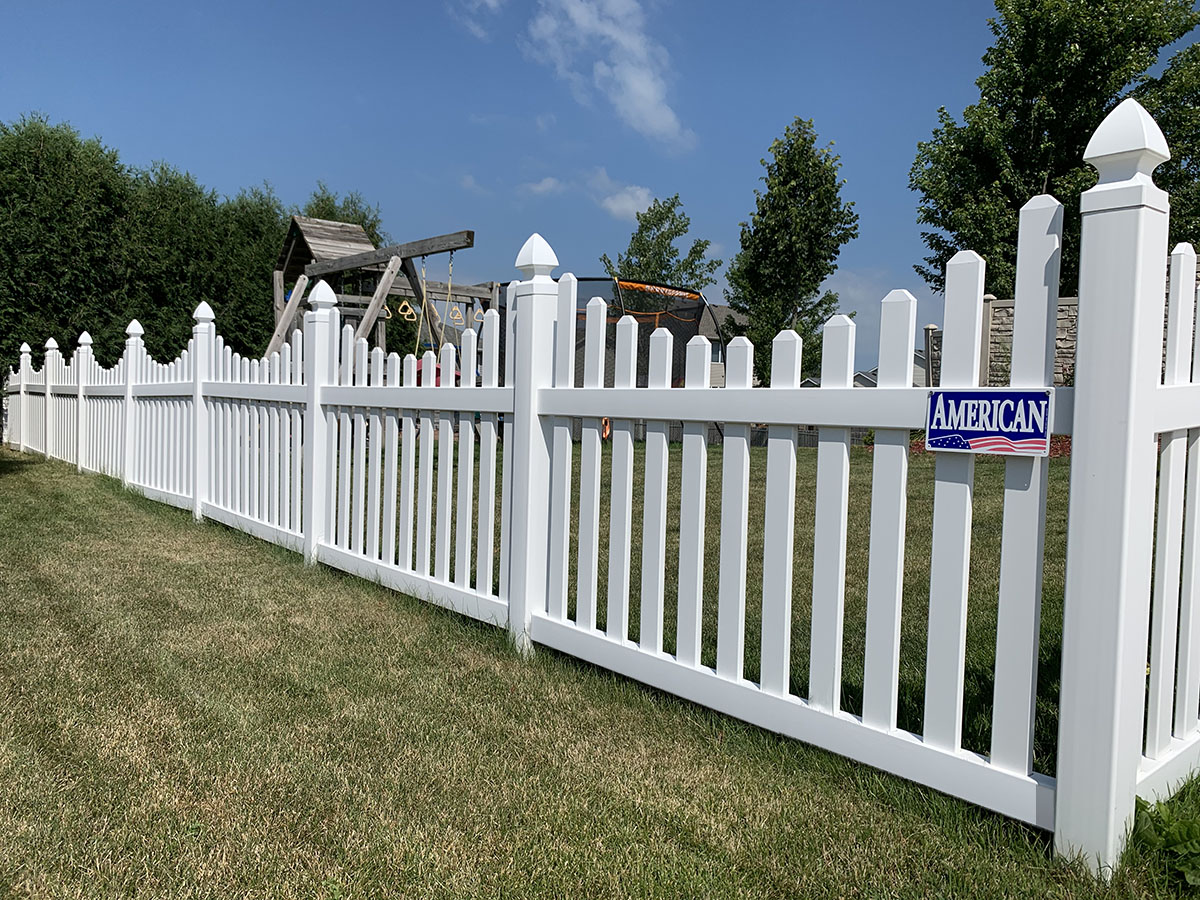All Categories
Featured
Setting up a fence around your residential or commercial property is a considerable investment that requires correct planning and prep work to make sure a smooth procedure. Whether you're including a fence for safety and security, privacy, or visual charm, taking the necessary steps prior to setup can assist prevent problems down the line. Right here's an overview on how to prepare your residential property for fence installation and see to it whatever goes according to strategy.
![]()
![]()
![]()
Final thought. Proper preparation is vital to a successful fencing setup. By making the effort to identify your home lines, clear the installment location, check for below ground energies, and interact with your neighbors, you can ensure that the process goes smoothly and prevent unanticipated problems. With the right prep work, your brand-new fencing will not only improve your property's look yet also offer the protection and privacy you need.
- Know Your Home Limits. The primary step in preparing your property for fence installation is determining your residential property lines. It's critical to know where your boundaries are to prevent installing the fencing too close to your next-door neighbor's building or even on their land. To establish your limits, assess your residential property deed, inspect a map from your regional city or county office, or employ a specialist land surveyor to note the building lines precisely. By understanding exactly where your land begins and finishes, you can avoid pricey mistakes and potential conflicts with next-door neighbors.

- Understand Regional Laws and Permits. Various locations have different rules concerning fencing height, products, and positioning. Be sure to adhere to all regional guidelines to avoid penalties or having to take the fencing down after setup.
- Clear the Fencing Line. Eliminate any kind of greenery, trees, rocks, or debris that might obstruct the fencing installation process. Clearing the location guarantees that the fence installment can continue without delays and assists to protect against damages to plants you might want to maintain.
- Mark Underground Utilities. Call your regional energy firms to ensure that no below ground energies will conflict with your fencing installation. This action will assist stop crashes and hold-ups throughout the installation process.
- Go over with Next-door neighbors. Mounting a fence on a common residential property line or near a next-door neighbor's residential or commercial property requires open interaction to prevent problems. Review the fencing's area, elevation, layout, and products, particularly if the fencing will be on or near a boundary line.

- Pick the Right Fence Type and Material. Choosing the ideal type and material for your fencing is an essential action in preparing for installment. Consider elements like the function of the fence (privacy, security, appearances), local weather conditions, and the amount of maintenance you're eager to do.
- Set a Realistic Budget Plan. If you're hiring professionals to install the fencing, ask for quotes from multiple contractors to ensure you're getting a fair price. Element in the long-lasting maintenance expenses of the fence to ensure that the type of fence you choose fits within your overall spending plan.

- Get Ready For Installation Day. As installation day strategies, ensure that your home is all set for the work to start. By preparing the location for the crew, you can aid ensure that the setup goes as smoothly and successfully as feasible.
Final thought. Proper preparation is vital to a successful fencing setup. By making the effort to identify your home lines, clear the installment location, check for below ground energies, and interact with your neighbors, you can ensure that the process goes smoothly and prevent unanticipated problems. With the right prep work, your brand-new fencing will not only improve your property's look yet also offer the protection and privacy you need.
Latest Posts
Introducing the Auto Specialists Behind Montclare Auto Repair - Committed to Excellence
Published Apr 20, 25
2 min read
Unlock Greater Profits with WyHy Cash Market Accounts
Published Apr 20, 25
1 min read
Protect Your Future with WyHy's Special Certificate Options
Published Apr 20, 25
1 min read
More
Latest Posts
Introducing the Auto Specialists Behind Montclare Auto Repair - Committed to Excellence
Published Apr 20, 25
2 min read
Unlock Greater Profits with WyHy Cash Market Accounts
Published Apr 20, 25
1 min read
Protect Your Future with WyHy's Special Certificate Options
Published Apr 20, 25
1 min read